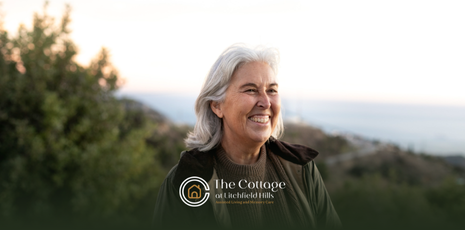Debunking Myths About Assisted Living

Key Highlights
- Address prevalent myths surrounding assisted living and understand the truth behind these misconceptions.
- Discover how assisted living facilities balance support with independence, empowering older adults to enjoy daily activities.
- Learn how assisted living communities differ from nursing homes and what makes them unique.
- Evaluate the cost-effectiveness of assisted living in comparison to maintaining a household or in-home care.
- Understand how such communities foster a vibrant social environment to combat loneliness.
Finding your way in the world of assisted living can be hard. There are so many common myths that can get in the way and make you feel unsure. Sometimes, these ideas can stop people and their families from even looking at places that could help and improve the quality of life for their loved ones. In reality, assisted living is about more than just help with daily things. It is made to help people be as independent as they can. There is often a bright and active setting, with care meant just for each person. This guide will help you see what is true and what is not when it comes to assisted living. It will give you what you need to make good choices for the people you care about.
Debunking Myths About Assisted Living for Families
Misunderstandings about assisted living can lead people to make choices based on fear and wrong information. Many families think these places take away independence or are just for old people who are very sick. But debunking these common misconceptions shows a different truth. Assisted living helps meet senior care needs and still lets people make choices. It also gives them a chance to have new and fun experiences.
When you know the facts instead of the myths, you can see assisted living as a place where your loved ones can be safe, social, and have a full life.
1. Myth: Assisted Living Is Only for the Very Elderly or Ill
One common myth is that assisted living is just for people who are very old or sick. That is not true. While these places do help those who need more support, many older adults who want to stay independent but need help with daily tasks also choose assisted living.
For seniors who are full of life, assisted living gives a good mix of freedom and safety. The private homes feel like real homes, so you can live as you choose. People can get help with things like medication or dressing, but they still get to enjoy the activities they love.
If someone moves to assisted living before they get much sicker, it can keep them from being lonely. It also means they get care early on. This kind of living helps a person have a better quality of life, but does not take away independence. When people see the real picture, they realize it is about a better lifestyle and not just about getting closer to the end of life.
2. Myth: Residents Lose Their Independence in Assisted Living
A big worry for many people is losing control of their lives. But in assisted living, the main goal is to help people stay independent. These places are not like strict nursing homes. Here, the people who live there can do things their own way while getting just the help they need for daily tasks.
Help with things like dressing, bathing, or housekeeping is made to fit what each person needs. This lets everyone keep control over their day-to-day lives. People who live there can pick their own activities, meals, and hobbies. This is a big part of what makes assisted living special.
The people in these communities are also free to show who they are. They can set up their rooms how they like, which helps these places feel like home. There is more than just help with daily tasks, too. Things like group outings, wellness programs, and social activities are part of life. All this works together so everyone can enjoy a good, meaningful time.
Assisted living is not about giving up control of your life. It is about making a place that helps you keep some freedom, while still giving you the help you may sometimes need. Here, autonomy and support go hand in hand.
3. Myth: Assisted Living Communities Are Like Nursing Homes
Another common misconception is that assisted living is the same as nursing homes, but these are not the same. Both have healthcare professionals, but the way they work and what they focus on is very different.
Nursing homes are for people with serious health problems who need constant medical care. The places often feel like hospital rooms to the people living there. On the other hand, senior living communities try to give a warm and welcoming feeling. In these places, residents have their own private apartments but can also use shared spaces, enjoy amenities, and join in on group activities.
Assisted living places help people stay as independent as possible. This includes helping out with daily tasks, giving the right medicines, and making sure people get good meals. They also build a sense of community by setting up fun programs and helping people talk with each other. In these facilities, the main aim is for people to move freely and feel in control of their lives, so they can do well both with their health and with their friendships.
4. Myth: Assisted Living Is Too Expensive for Most Families
Many people think that assisted living is too expensive, but this is a common misconception. The cost is often not as high as you might expect. Assisted living can even be more cost-effective than staying at your own home or having full-time in-home care.
Living at home comes with lots of extra costs. You have to pay the mortgage, taxes, utilities, and often for professional caregivers. Assisted living usually has one fee that covers services like housekeeping, meals, rides, and personal care. This can help people better manage their money and enjoy more convenience.
There are also ways to get financial assistance. Some people use long-term care insurance or money from retirement savings. You can look at the cost of assisted living and think about what you get: safety, amenities, and peace of mind. When families look at the real numbers, they often see that assisted living can work for them. It can even be a smart way to help the people you care about live well.
5. Myth: Assisted Living Is Lonely and Socially Isolating
Loneliness can be a big issue for older adults. But assisted living does a great job of helping with this by helping residents build friendships. These places are full of social events and group activities, so there is always something happening.
The people who live there can join hobbies, fitness classes, and outings that match what they like to do. These things help people get to know each other and help make a strong sense of community. It's something you do not always get if you live alone.
You will also find places like libraries, lounges, and dining halls in these communities. People come together in these areas often. Staff members work hard to set up fun and helpful activities, so no one feels left out. Assisted living takes away much of the loneliness some older adults feel. It gives them the chance to make good friendships and enjoy each day in a way that supports them.
Understanding the Benefits of Assisted Living
Choosing assisted living is not just about myth. It is about seeing the special benefits it offers. These places give people a supportive environment to help with day-to-day life. At the same time, they help people keep their freedom and improve their quality of life.
People get help that fits just what they need. Custom care plans and fun social programs make it possible for everyone to feel at home and cared for. The next part shows what makes assisted living better, like wellness programs and safe, welcoming places. People are able to make the most of their time and enjoy their golden years.
Enhanced Quality of Life and Wellness Programs
Assisted living helps make life better for people by focusing on wellness and improving the quality of life. The people who live there are urged to care for their body, mind, and feelings with services that look after their overall health.
- Fitness classes like yoga, tai chi, and dance help people get moving and stay flexible.
- Wellness programs give each person health checks, therapy when needed, and meals that are good for them so they can be at their best.
- Fun things to do, like art, poetry, and book clubs, are there to help with thinking skills and feelings.
With these programs, seniors can keep a good and balanced way of living. They get to enjoy their days, feel well, and age in a happy way in assisted living.
Safe, Supportive, and Engaging Environments
Assisted living communities are made to provide a safe and welcoming place for older adults. They have safety tools like grab bars, emergency call buttons, and ramps. This lets people have peace of mind wherever they are in the building.
There is a big focus on social time and being part of group activities. The communities have shared amenities, events, and planned outings so everyone can stay in touch with others. People can also find quiet places, like nice gardens or comfy lounges, that make it feel like home.
Assisted living gives both safety and the chance to join in, making the environment one where people can feel secure and full of life.
Final Thoughts
Understanding the truth behind the myths about assisted living empowers families to make informed, confident decisions. Assisted living isn’t a last resort—it’s a supportive option that promotes independence, social connection, and a higher quality of life in a safe, caring environment.
If you’re exploring senior living options, consider The Cottage at Litchfield Hills. Our community is dedicated to providing compassionate care and a vibrant lifestyle tailored to each resident’s unique needs. Reach out to us today!
Frequently Asked Questions
What services are typically included in assisted living communities?
Assisted living aids with daily tasks, including housekeeping, meal prep, and medication management, while also providing support for transportation and medical care.
Amenities enhance quality of life, offering social activities, wellness programs, and group dining. These features create a comfortable living environment.
How do I know if assisted living is right for my loved one?
Consider how well older adults manage daily activities like dressing, grooming, and meal preparation. If they struggle with mobility, memory, or require care plans, assisted living can provide essential support. These facilities offer tailored assistance while ensuring safety and engagement in daily life.
Can families visit residents anytime?
Yes, most assisted living communities welcome regular family visits. Many host social events, encouraging families to participate, which fosters a strong community. These visits help maintain close bonds and ensure residents feel cared for in their senior living home.
Sources:
- https://www.ncoa.org/article/the-top-10-most-common-chronic-conditions-in-older-adults/
- https://www.cga.ct.gov/2012/rpt/2012-R-0246.htm
- https://www.nhs.uk/live-well/exercise/physical-activity-guidelines-older-adults/
- https://www.ncoa.org/page/healthy-aging-programs/






